The combination of home automation and IoT advancement made smart lighting systems highly popular in the market. LED technology connected to wireless networks through smart control enables smart bulbs to offer superior features including ease of use and maximum energy efficiency. Smart bulbs remain a significant concern for consumers because they cannot determine their energy consumption in comparison with standard LED bulbs. Analysis of smart bulb energy consumption requires examination across the four aspects of lighting hardware technology, embedded electronics, inactive power usage and practical lighting efficiency.
A Brief Guide to Construction Jobs
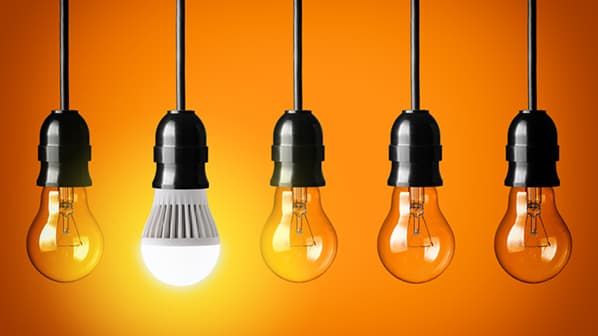
Smart bulbs together with traditional LED bulbs utilize identical fundamental lighting technology known as Light Emitting Diodes (LEDs). The efficacy of LEDs surpasses that of fluorescent and incandescent lighting because they produce more visible light with each watt of electricity used. Ordinary LED lights only need power consumption between 6 to 12 watts to match the illumination output of a traditional 60-watt incandescent bulb. The fundamental energy-saving approach at work in both smart and non-smart LED bulbs exists.
Smart bulbs differ most significantly from regular LEDs because additional electronic components exist inside the smart bulb system. The core elements that build smart bulbs consist of wireless communication modules such as Wi-Fi, Bluetooth or Zigbee chips combined with microcontrollers for instruction execution, memory chips for setting preservation and motion and ambient light sensors in select designs. These features add such abilities as smartphone app remote control, voice assistant compatibility, color changing, dimming, and scheduling. But they also require a very small amount of steady power even when the bulb is turned off but still connected to the power supply, known as standby or “vampire” power consumption.
This standby power is necessary to calculating the overall energy impact. Testing by independent labs and factory documentation indicates that nearly all smart bulbs consume between 0.2 and 0.5 watts in standby mode. For example, the Philips Hue smart bulb popular among users consumes approximately 9.5 watts when in full use at 100% brightness but just 0.2 watts when switched off but still on standby. Such standby power can be non-zero but is relatively low. In order to put this into perspective, a bulb which used a constant 0.2 watts throughout a year would use approximately 1.75 kilowatt-hours (kWh) of electricity, something which costs just a few cents according to local electricity prices.
On the other hand, an ordinary LED bulb draws effectively zero power when switched off since it does not incorporate these internal electronics. Accordingly, from strictly a viewpoint of electricity usage, a smart bulb actually does consume slightly more power than a non-smart LED bulb if kept switched off for extended amounts of time. This, however, is a mere triviality and in most cases overpowered by the energy-saving provided by the smart function.
Smart bulbs’ ability to be remotely controlled and programmed judiciously can lead to remarkable reduction in actual usage time and power consumption. For instance, users may program lights to turn off automatically when rooms are vacant, dim lighting at night hours to reduce brightness, or adjust color temperature to adjust to different activities, which lower power consumption. Study and customer testimony confirm that this smart management can reduce lighting energy consumption by 20% to 50% compared to traditional lighting setups without automation.
In addition, smart bulbs encourage behavioral changes to save energy. The convenience of app-driven or voice-driven operation discourages the habit of leaving the lights on. Motion sensors integrated into certain smart bulbs or smart home systems can ensure that lights are only turned on when needed. These tend to result in reduced overall energy usage even though they have minimal standby power usage.
Technically, protocols for smart bulb communication also influence energy consumption. Bulbs communicating via Wi-Fi will generally consume higher standby power than bulbs developed from low-energy communications like Zigbee or BLE. Zigbee bulbs, for example, would typically draw lower standby since all the communication is centralized beneath a hub where the bulbs just remain in a low-power mode. Therefore, the choice of smart bulb technology can determine the level of additional energy usage.

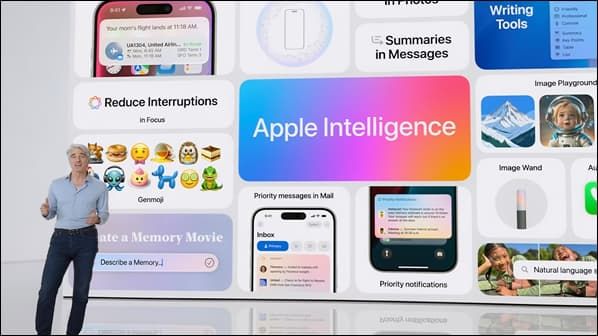
Guess you like
-
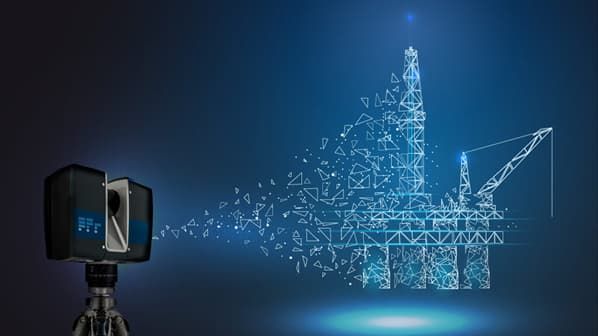
A Complete Overview of 3D Laser Scanning
-
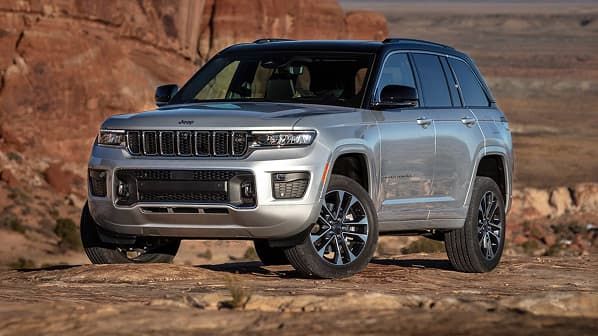
A Detailed Look at Affordable Jeeps Under $10,000
-

How Long Do Car Wraps Last and How to Look After Them
-

Comprehensive Guide on Affordable Electric Cars Tailored for Seniors
-
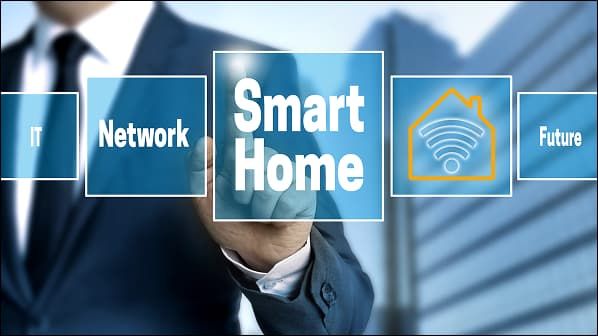
How to Protect Your Smart Home from Hackers in 2025
-
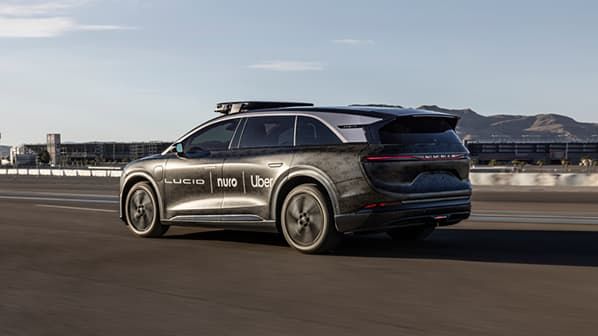
Stellantis, NVIDIA, Uber and Foxconn Unite on Level 4 Robotaxis
Trending
-
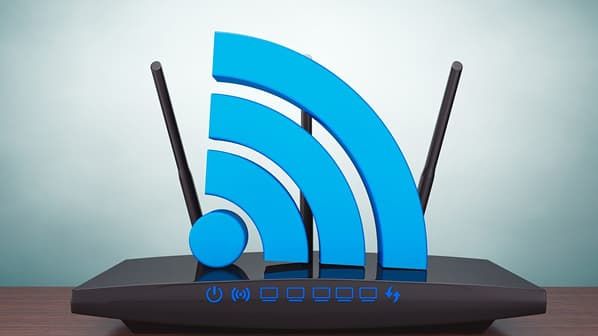 1
1Practical Diagnostics That Actually Work Before Your Next Router Purchase
-
 2
2A Bittersweet Return: Syberia Remastered Review
-
 3
3Electric Trucks Falter in the U.S. — The High-Stakes Struggle Behind the Wheels
-
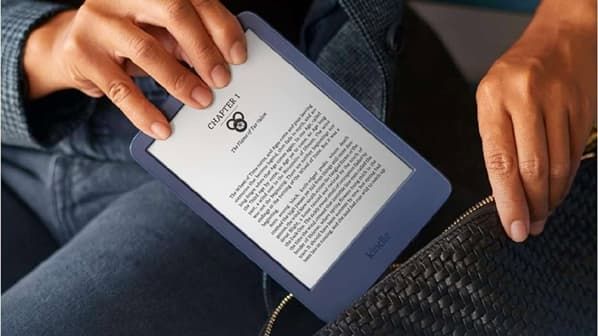 4
4Amazon’s New AI Tool Translates Kindle E-Books for Self-Published Authors
-
 5
5Stellantis, NVIDIA, Uber and Foxconn Unite on Level 4 Robotaxis
-
 6
6How to Upgrade Weapons and Workbenches in ARC Raiders


